Every day, no matter where I am, I strive to embody the essence of New York and emulate the traits that represent the city’s culture – qualities such as confidence, fearlessness, vivacity, distinctiveness, drive, open-mindedness, and growth.
During one of my recent wanderings around the Meatpacking District, I stumbled into Chelsea Market – a charming bazaar of gadgets and gismos galore, brimming with food, art, jewelry, clothing, candles, and every other charm or trinket you can imagine. I made my way towards the back corner of the room and came across a stand that displayed dozens of colorful paintings of New York City’s scenery, architecture, and people. I walked up to the booth for a closer look. Grazing my fingers over the different works of art, I noticed creases and folds running throughout each piece of paper-canvas, as if they all had been previously folded. “How odd,” I thought.
The salesman noticed the perplexed look on my face and pointed above him to a banner that read, “Recycling Maps of New York.” He continued to explain that the vivid images hanging around him were handmade silkscreen posters that artist Kevin Marcell created by painting over recycled New York subway maps. I looked even closer; faded grids and maps of the city peaked through the artist’s bold brush strokes and prints. Ironically enough, the city’s timeworn subway maps – a visual representation of New York that has remained fixed and stagnant in time – served as the backdrop for Marcell’s fluid, refreshed interpretation of the beautiful, Big Apple.
In all their imaginative, vibrant charm, Marcel’s pieces reminded me of how much I love New York – a rhythmic island beaming with urban life, daring wonder, and star-lit romance that blooms on cobblestone.
Yet, his subway maps also brought to light the reality that New York runs on a firm geographical grid – both on street level and underground. Take away the shimmering skyscrapers and look past the quaint brownstones; at its bare core, the city is fixed in its paths and rigid in structure – a quality about New York I don’t wish to embody at all.
As we reflect on 2016 and look forward to the new year, perhaps we should take note from Marcel’s recycled masterpieces to assess our own intentions for the coming year:
Regardless of who or where we are, we all have hopes, aspirations, and visions of what we think our futures should look like. Short-term ambitions and long-term dreams alike, it seems we often rely on fixed routes and directions in our minds that we think we must follow to succeed. There has always been some sort of “map” printed in my head that I’ve thought I must abide by to progress in life. I’ve become so comfortable within its framework that I’ve never really thought about what might lie beyond its boundaries. What would happen if I stray? Marcell’s unique reinterpretation has fed that curiosity – inspiring me to wander and explore the possibilities that exist beyond the map in my mind, to discover what else life has to offer.
From 2017 and on, let’s strive to paint a new, evolving map – one with curved lines that bend and change and shift directions, that we can freely paint over again and again based on life’s circumstances, with bright colors that mix together to make new ones, and shapes that can be interpreted in an infinite number of ways.
In this new year, rather than relying on the rigid paths ingrained in our minds that we feel compelled to follow for guidance, let’s trust our heart’s compass to lead the way – wherever it may take us. In doing so – in living life freely in the coming year, one brush stroke at a time – I’m curious to see how our futures take shape as we paint on the canvas that is 2017, over the lines and creases of our pasts.
Nevertheless, as Marcel’s art portrays, the truth is that life never grants us a completely fresh start or a wholly clean surface to paint on. Life’s canvases inevitably bear the marks and traces of the maps we previously drew – and that’s a beautiful thing. If we embrace this reality, we can repurpose our past experiences and draw inspiration from their lines, to invigorate our points of view moving forward.
Thus, as it seems, life presents us with many maps. But whether they represent our city’s geography or our hearts’ ambitions, these maps don’t have to dictate the paths we must take to progress; perhaps these maps just show us where to begin.
So, let’s raise a paintbrush to this new year, and create our most adventurous, unrestricted, colorful works of art yet. And in moments of doubt when we don’t know exactly where we’re headed, may we find the courage to keep painting. As the lines of our past mix with the brushstrokes of our present, maybe we’ll discover uncharted paths and possibilities within ourselves that we’ve grown brave enough to explore. Perhaps we’ll discover how boldly imaginative we truly are, and realize that we’ve had the potential to be the artists and visionaries of our own lives all along.
Happy New Year.
Yours, Always,
Chelsea Market – 75 9th Ave, New York, NY 10011
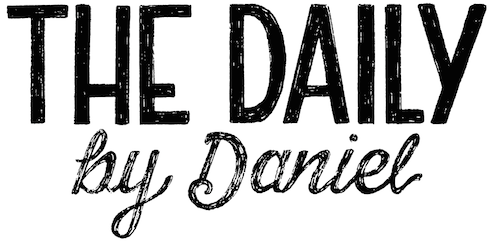
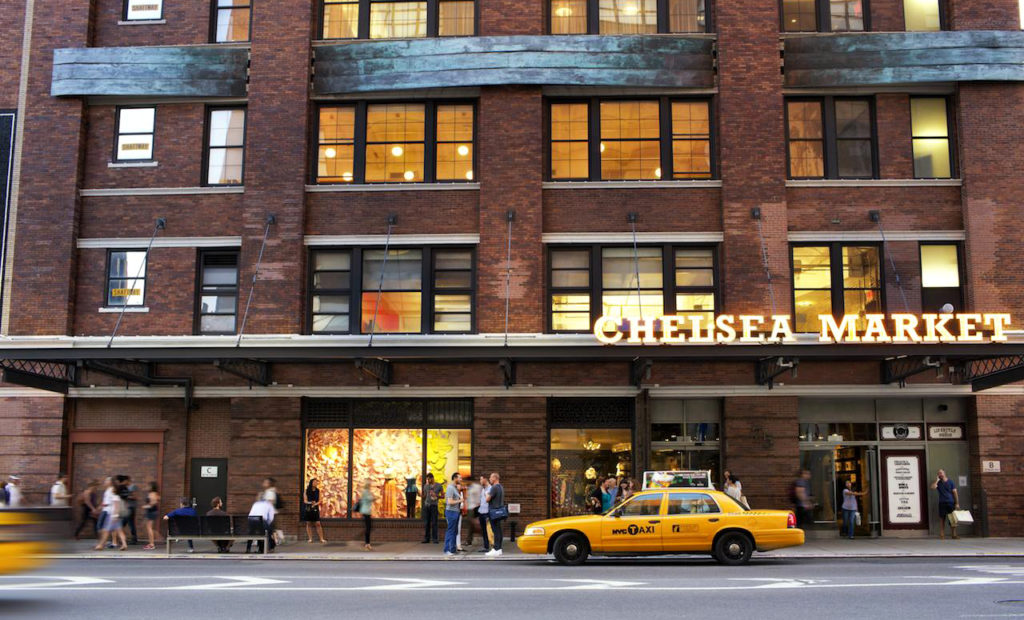

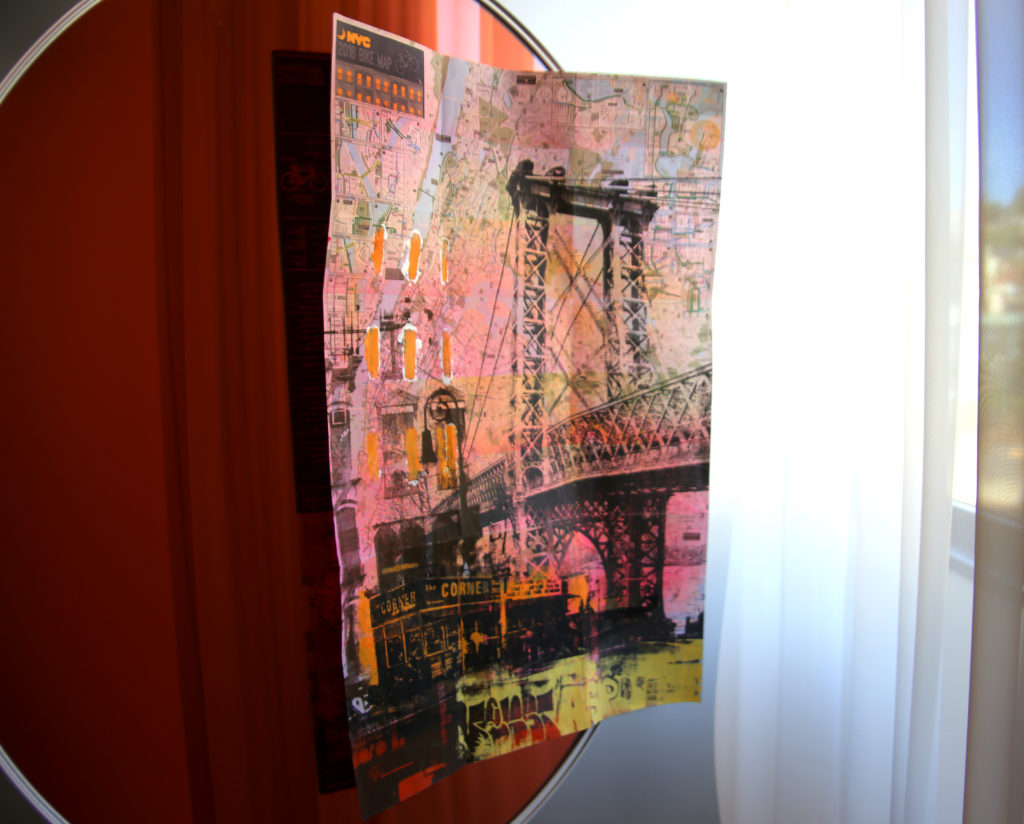

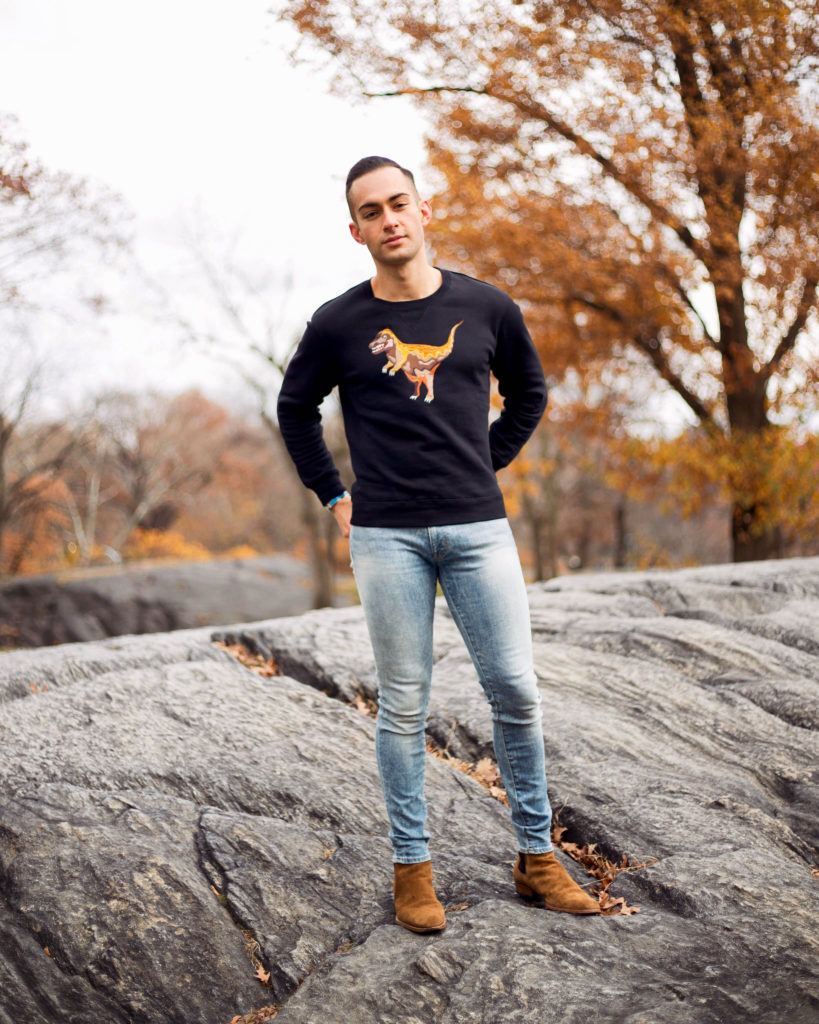 For years, popular culture has placed fashion high up on a pedestal – and with good reason. Whether we’re talking about the craft that is ready-to-wear or the art form that is couture, the pieces we see and wear are mostly products of meticulous, stunningly imaginative visions that have been brought to life – patch by patch, stitch by stitch – that deserve our praise.
For years, popular culture has placed fashion high up on a pedestal – and with good reason. Whether we’re talking about the craft that is ready-to-wear or the art form that is couture, the pieces we see and wear are mostly products of meticulous, stunningly imaginative visions that have been brought to life – patch by patch, stitch by stitch – that deserve our praise.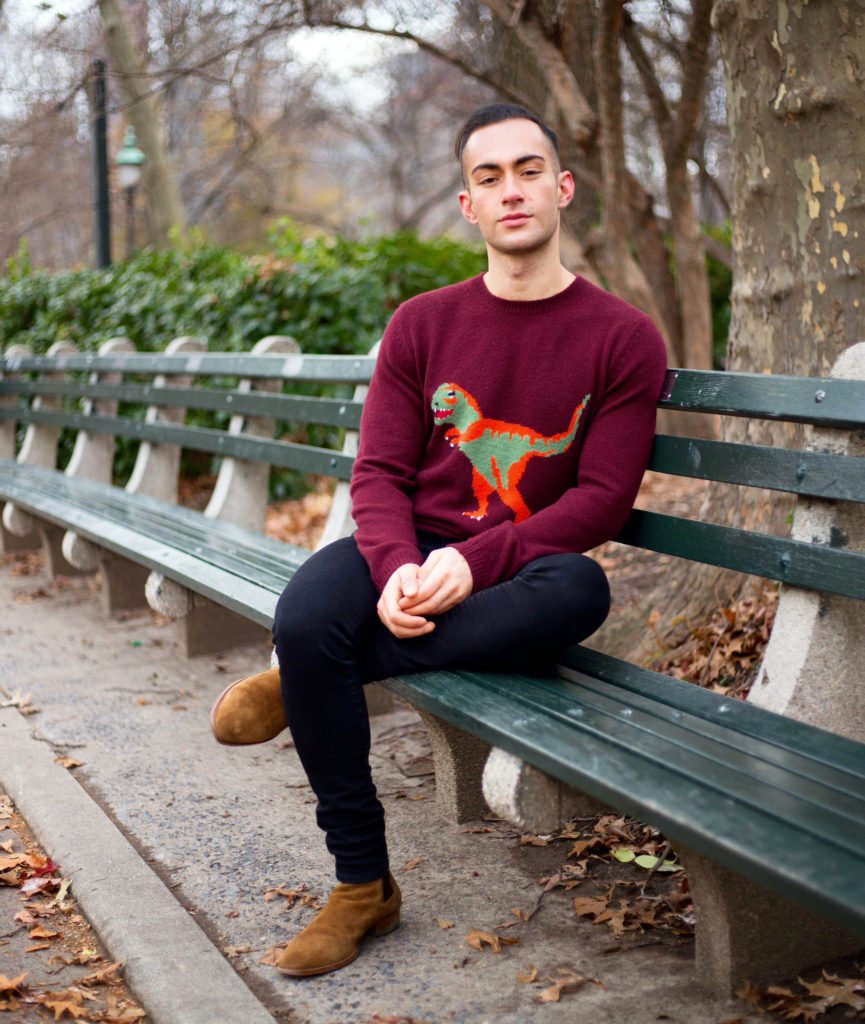
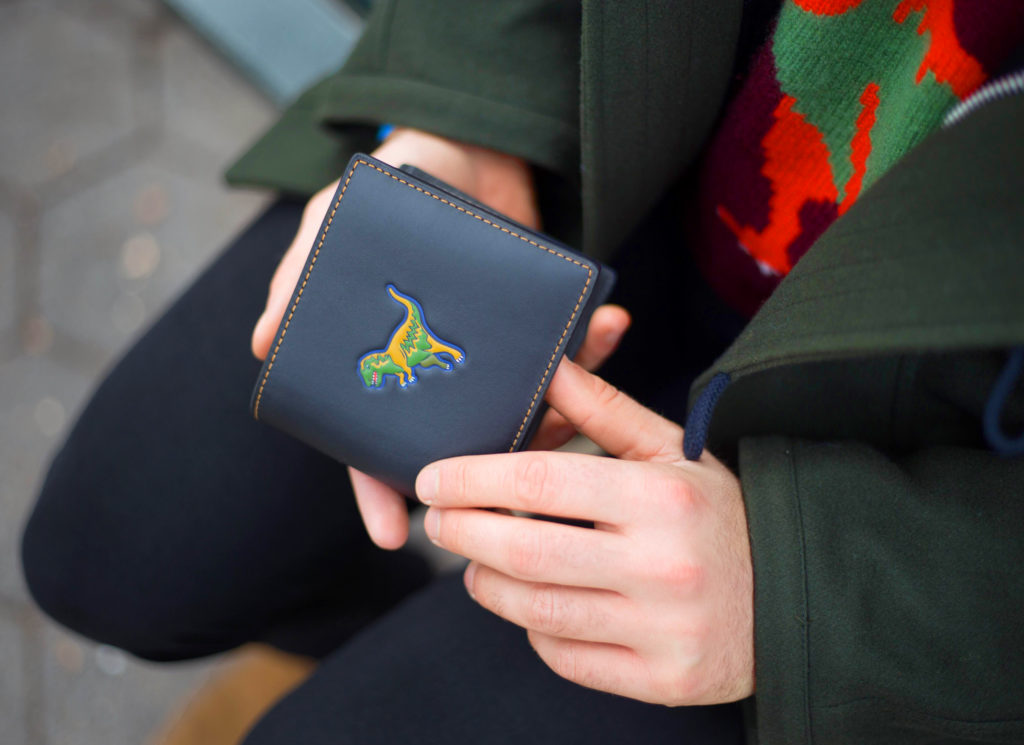
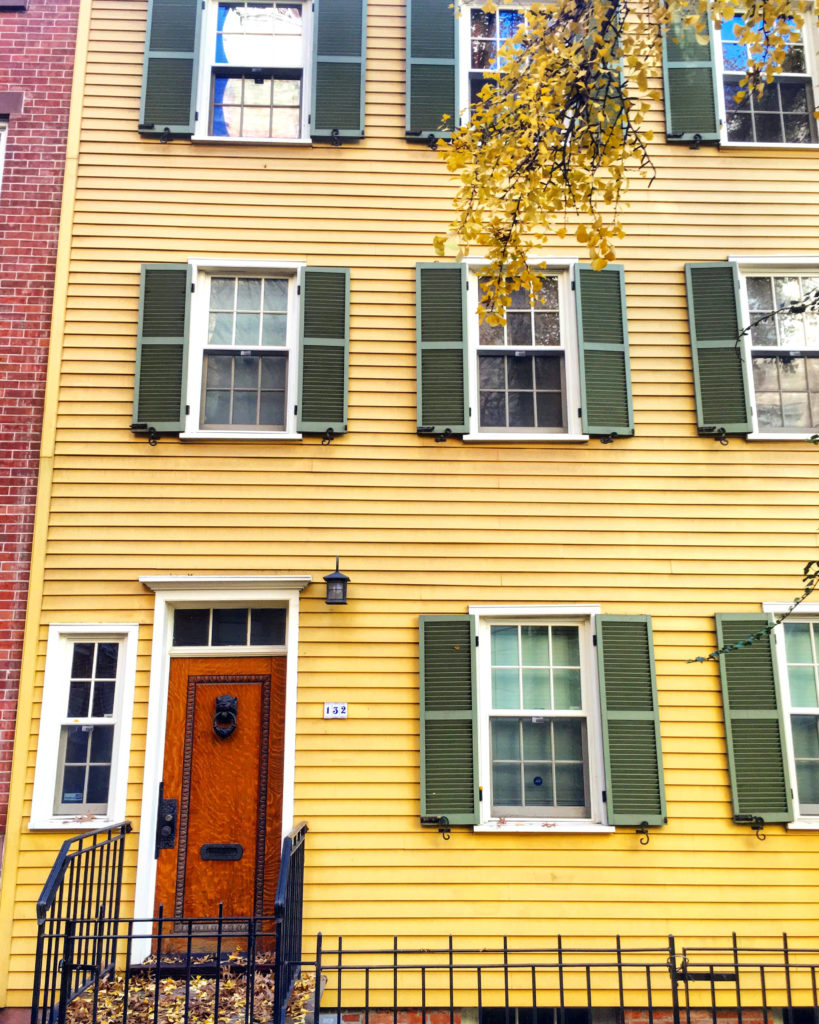 During my daily wanderings in the neighborhood, I always observe the area’s architecture: buildings of soft greys and beiges, quaint brownstones, moldings reminiscent of the Victorian era, and of course, facades of warm red bricks crumbling at their corners – that have all become so charmingly characteristic of the West Village.
During my daily wanderings in the neighborhood, I always observe the area’s architecture: buildings of soft greys and beiges, quaint brownstones, moldings reminiscent of the Victorian era, and of course, facades of warm red bricks crumbling at their corners – that have all become so charmingly characteristic of the West Village.